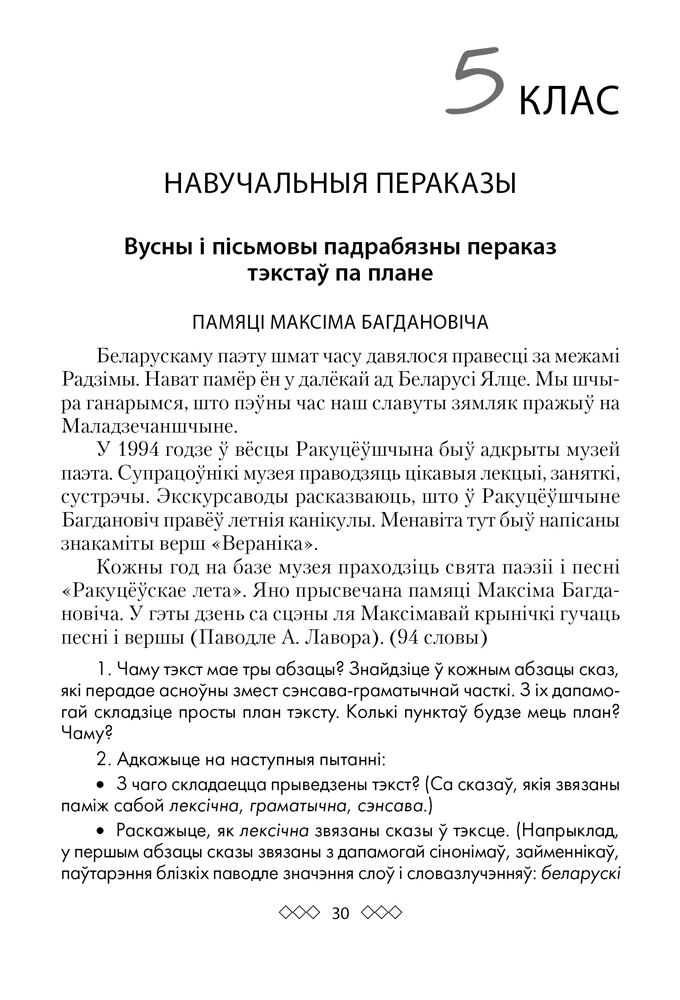Kantroljni Perakaz Byaroza
Prljavo kazalište (Dirty Theater) is a rock band from Zagreb, Croatia. Since its formation in 1977, the group changed several music styles and line ups but remained one of the top acts of both the Croatian and the former Yugoslav rock scenes.
Congenital pyloric atresia (CPA) is a very rare surgical condition. Eleven patients with the diagnosis of CPA treated at our hospital were retrospectively studied for the age at diagnosis, sex, presenting symptoms, associated anomalies, operative findings, treatment and outcome. Male: Female is 8:3. The age at diagnosis ranged from one day to three years. Associated anomalies were seen in four (36.6%). These included epidermolysis bullosa (EB) in two, oesophageal atresia with distal trachea-oesophageal fistula in one, colonic atresia in one, sensorineural deafness and dysplastic kidney in one patient. All three types of CPA were observed; six (54.5%) had type 1, four (36.3%) had type 2 and one (9%) had type 3 [(core)].
Different procedures performed were Heineke–Mickulicz pyloroplasty, Finney's pyloroplasty and gastro-duodenostomy. Post-operatively, nine out of eleven did well while other two died giving an overall survival of 81.8%. Sepsis was the cause of death in both of them.
INTRODUCTION Congenital pyloric atresia (CPA) is a very rare condition with an incidence of approximately 1 in 100,000 newborns and constitutes about 1% of all intestinal atresias [1]. CPA is thought to result from developmental arrest between the 5th and 12th weeks of intrauterine life [2].
Calder reported the first case of CPA in 1749 and Touroff performed the first successful operation in 1940 [3]. Commonly, CPA occurs as an isolated lesion, which has good prognosis, but it can also be seen in association with other malformations, which can have a bad impact on the ultimate outcome [4]. We report 11 cases of CPA, which is the largest series from India hitherto, [with] along with the associated anomalies, particularly the epidermolysis bullosa and sensori-neural deafness and their impact on the survival. RESULTS Eleven cases with the diagnosis of CPA were treated at our hospital. There were eight males and three females. The age at diagnosis ranged from one day to three years. The main presenting symptoms were non-bilious vomiting and upper abdominal distension.
The two toddlers presenting late also had failure to thrive in addition to the above symptoms. One of our patients was admitted as a case of esophageal atresia with distal trachea-esophageal fistula was subsequently found to have CPA after a babygram. In nine patients, the diagnosis was made preoperatively on plain abdominal X-ray, which showed a single, large air bubble representing the dilated stomach with no gas distally.


Contrast study of abdomen revealed distended stomach and non-passage of contrast beyond pylorus. The two patients presenting late were diagnosed intra-operatively.
The thinking now is a team of young developmental veterans, players on their first or second contracts, and some returning veterans mixed in — the type of team that could get Miami in contention for the top pick. Spt box crack v2021 full.
Associated colonic atresia in one patient was also diagnosed intra-operatively. [The two patients presenting late were diagnosed intra-operatively along with the one having associated colonic atresia.] Associated anomalies were seen in four (36.6%). These included epidermolysis bullosa (EB) in two, esophageal atresia with distal trachea-esophageal fistula in one, colonic atresia in one, sensori-neural deafness and [multicystic] dysplastic kidney[ (MCKD)] in one patient. All patients were operated. Six patients had pyloric diaphragms (type I).
Two patients in this group presented late in toddler age group with failure to thrive, had hugely dilated stomach with small central perforation in the diaphragm. Four had pyloric atresia with a gap between the two ends (type 3) (Fig. One had pyloric atresia without gap (type 2). The patients with pyloric diaphragms had excision of diaphragms with Heineke–Mickulicz pyloroplasty in five, while one had gastro-duodenostomy. Patients with pyloric atresia with a gap had gastro-duodenostomy.